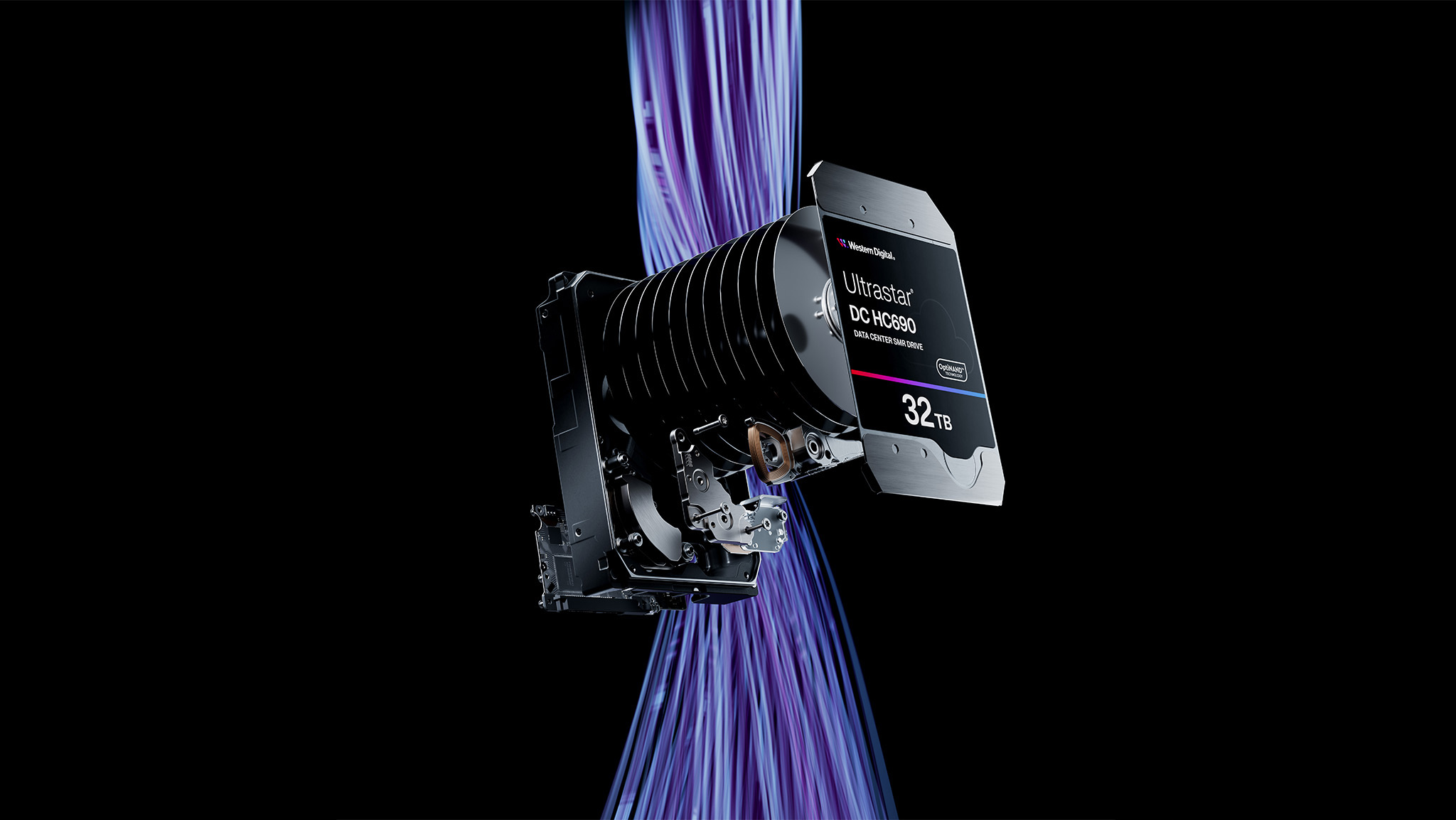harish.jonnalagadda@futurenet.com (Harish Jonnalagadda)
2024-10-16 07:43:00
www.androidcentral.com
While SSDs are now affordable enough that all-flash SSDs are a reality, they’re still prohibitively costly if you need to store a lot of data. A good 8TB M.2 SSD will set you back to the tune of $799, whereas a similar-sized NAS HDD can be bought for as low as $179.
Hardwired

In Hardwired, AC Senior Editor Harish Jonnalagadda delves into all things hardware, including phones, audio products, storage servers, and routers.
Storage manufacturers are continually increasing drive sizes — I tested Seagate’s excellent 24TB Exos X24 drive earlier in the year — and the brand showcased a 30TB drive based on Heat Assisted Magnetic Recording (HAMR), dubbed the Exos Mozaic 3+, delivering 3TB on a single platter. Western Digital is now following suit with the introduction of the Ultrastar DC HC690, which uses a 11-platter design — one more than regular drives.
The DC HC690 is aimed at data center use, and is based on Shingled Magnetic Recording (SMR). Similar to what Seagate is doing with HAMR, WD has turned to energy-assisted Perpendicular Magnetic Recording (ePMR) to increase areal density on the drive, and while the density isn’t as high as what Seagate is offering — it goes up to 2.91TB/platter — it is considerably higher than the brand’s regular NAS drives.
The drive is available in a SATA configuration with 6Gb/s bandwidth, or 12Gb/s SAS as well. It’s sold in 30TB and 32TB sizes, spins at 7200rpm, and goes up to 267MB/s during sustained transfers. WD is also rolling out the 24TB and 26TB DC HC590, with these drives using Conventional Magnetic Recording (CMR) in conjunction with ePMR to deliver better density.

With both models designed to be used in the data center, it’s unlikely WD will make these drives available in the retail channel. But what’s particularly interesting is that the brand is rolling out a 26TB Gold HDD, and this is available on its website — you can pick it up for $715. The CMR drive also uses a 11-platter design, comes with a 512MB cache, 2.5M hours MTBF, and 550TB/year endurance.
The Gold drive has a density of 2.36TB/platter, and it is a great choice for enthusiasts looking to maximize storage. I’m waiting until 30TB and 32TB drives are available to retail consumers, but in the meantime, 24TB and 26TB drives are a viable alternative if you’re looking to build a homelab that can store just about everything, or need a NAS with scalable storage in a small business environment.
The 24TB Exos X24 is down to a reasonable $479, and that’s a stellar value when you consider just how much storage you’re getting. With WD joining the fray, we should see additional savings in this area. While NAS enclosures such as the F8 SSD Plus showcase what’s possible with all-flash servers, I’m still going to turn to HDDs to store massive amounts of data.

The 24TB Exos X24 continues to be one of the best choices if you need a NAS-focused drive with massive storage potential.
Support Techcratic
If you find value in Techcratic’s insights and articles, consider supporting us with Bitcoin. Your support helps me, as a solo operator, continue delivering high-quality content while managing all the technical aspects, from server maintenance to blog writing, future updates, and improvements. Support Innovation! Thank you.
Bitcoin Address:
bc1qlszw7elx2qahjwvaryh0tkgg8y68enw30gpvge
Please verify this address before sending funds.
Bitcoin QR Code
Simply scan the QR code below to support Techcratic.

Please read the Privacy and Security Disclaimer on how Techcratic handles your support.
Disclaimer: As an Amazon Associate, Techcratic may earn from qualifying purchases.



















































![J1772 Charging Adapter for Tesla Model 3 Y S X [Safety Certified] 80 Amp 240V AC Fast…](https://techcratic.com/wp-content/uploads/2024/11/71Mii9k40bL._AC_SL1500_-360x180.jpg)














